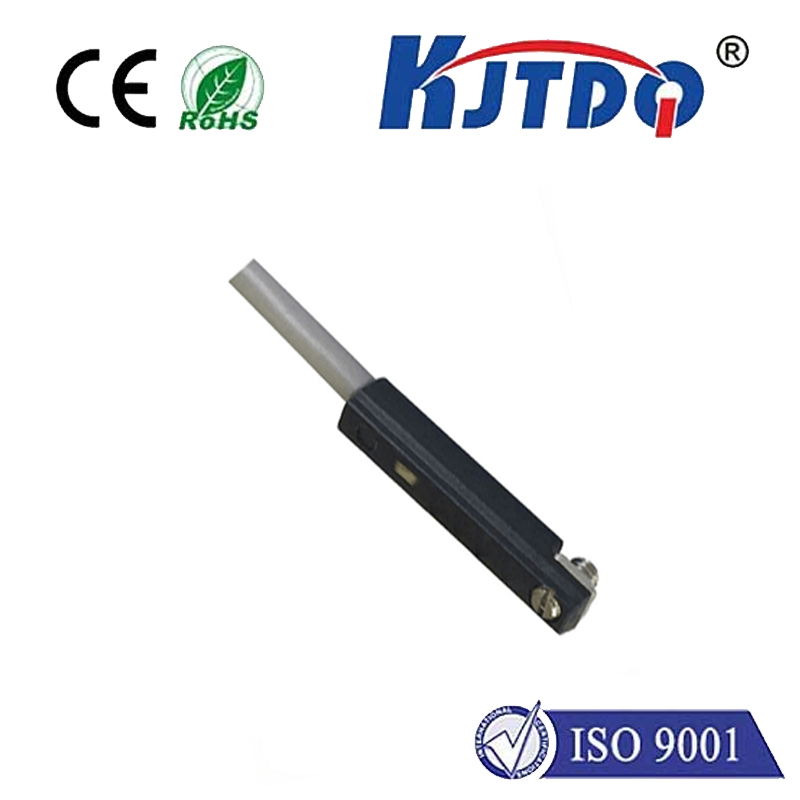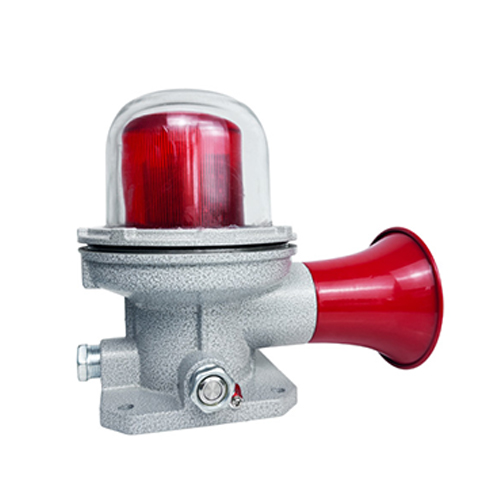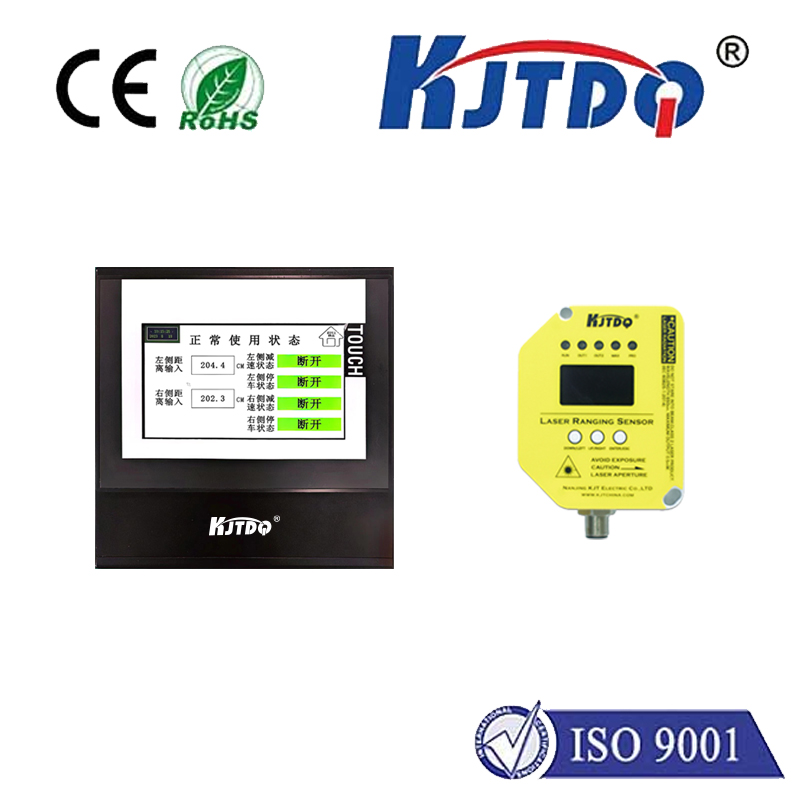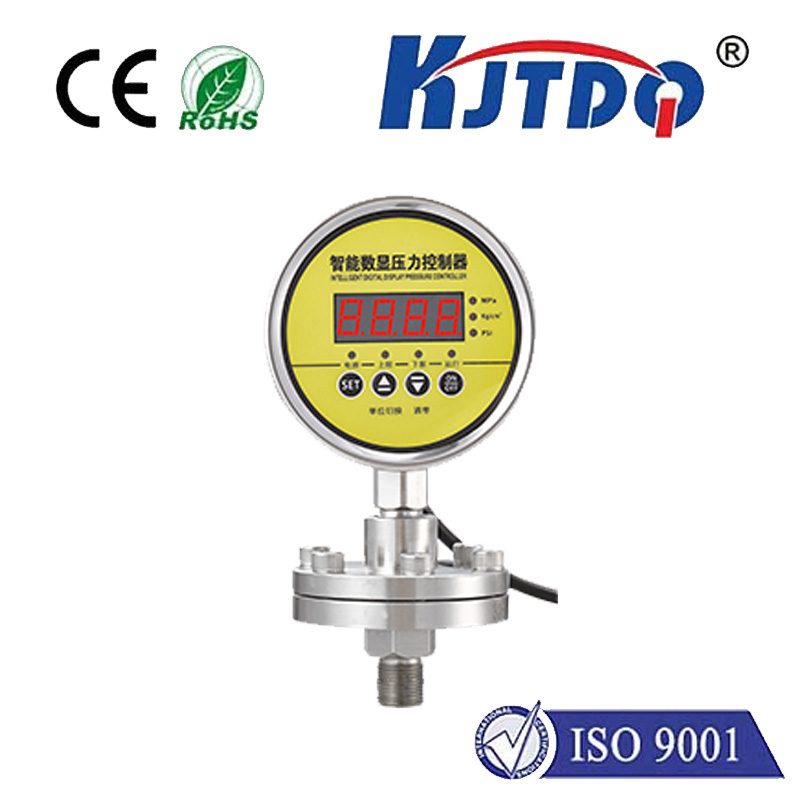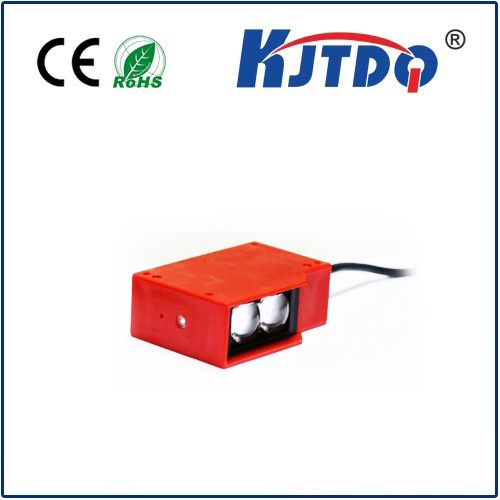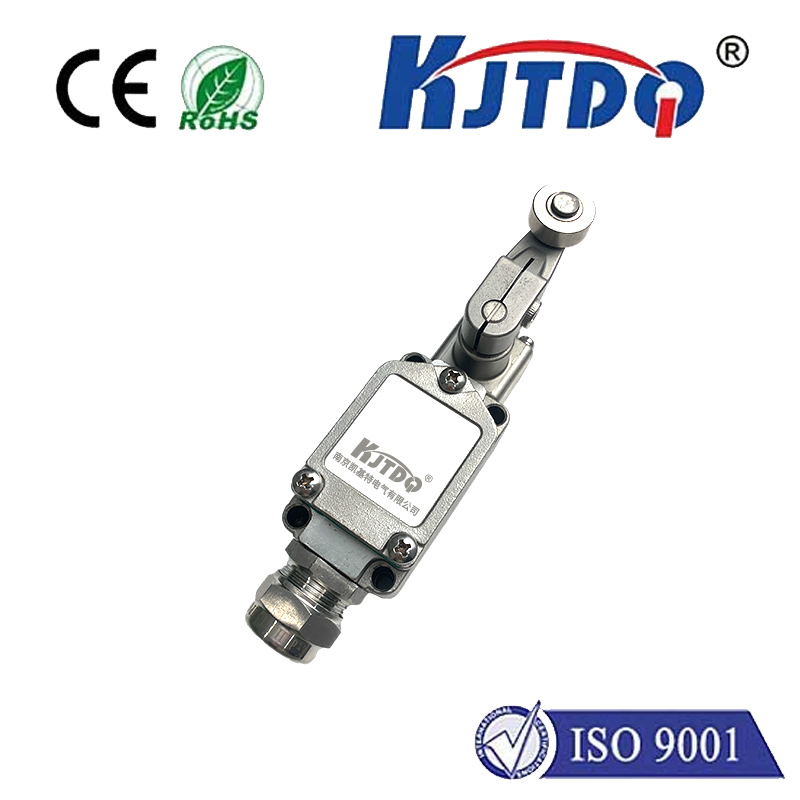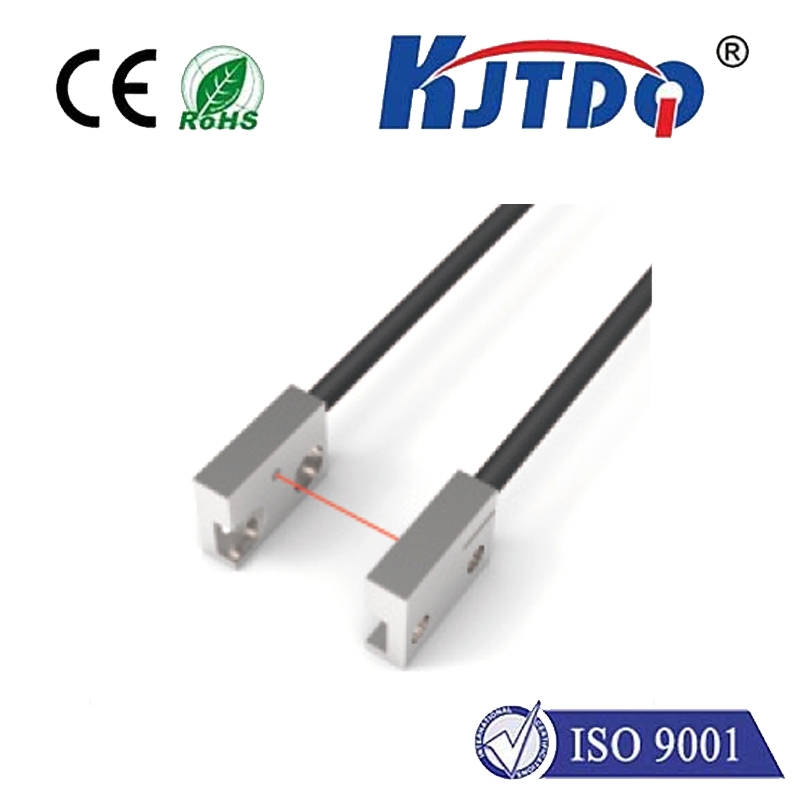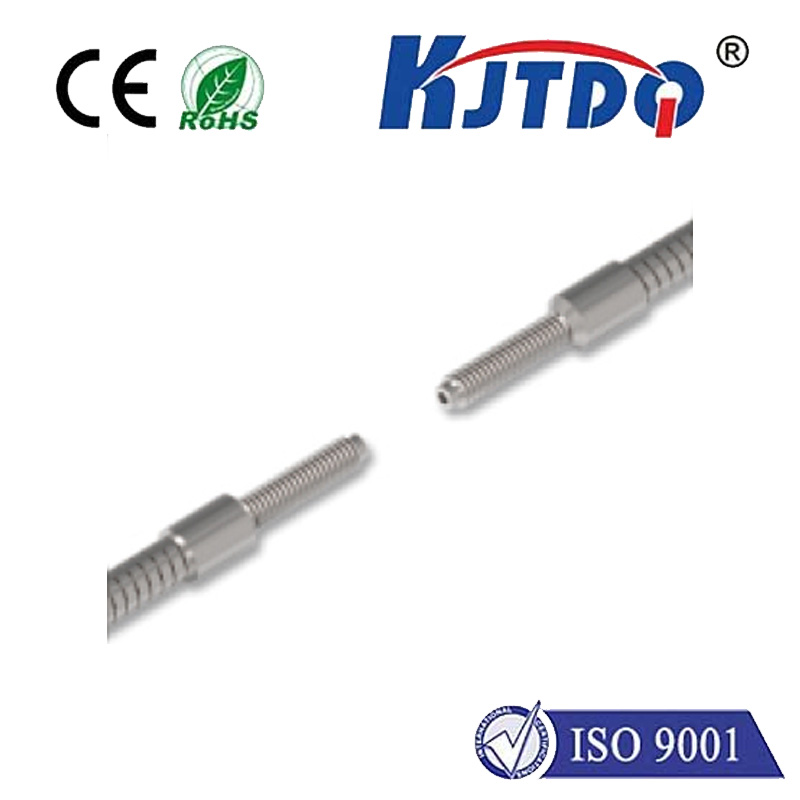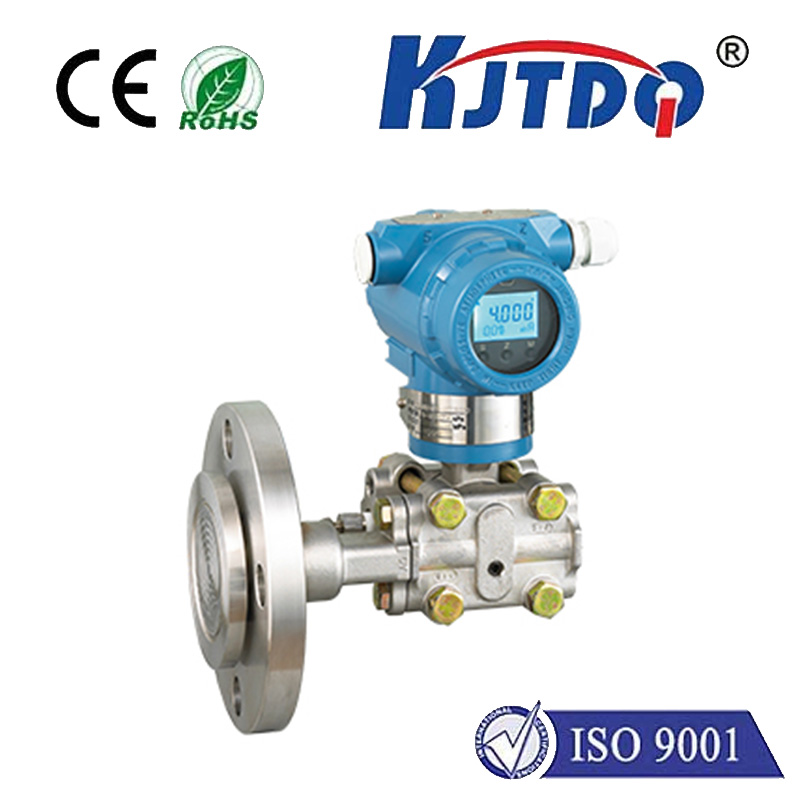

check

check

check

check

check

check

check

check

check

check
Imagine a world where machines know their surroundings without physical contact. Doors glide open seamlessly, robots navigate complex paths with grace, and production lines hum with flawless precision – all thanks to sophisticated, unseen eyes. This is the everyday reality enabled by laser proximity sensors, devices transforming industries through non-contact detection and precise distance measurement. These compact, powerful tools are fundamental to modern automation, robotics, and countless applications demanding accuracy and reliability.
The Inner Workpath: Light as Information
At their core, laser proximity sensors operate on elegantly simple principles centered around light:
The key differentiator lies in how this reflected light is interpreted to determine distance or presence. Two primary methods dominate:
Time-of-Flight (ToF): This method measures the incredibly short time it takes for the laser pulse to travel to the target and back. Knowing the speed of light is constant, the sensor calculates distance with high accuracy: Distance = (Speed of Light × Time of Flight) / 2. ToF sensors excel at longer ranges and offer excellent precision.

Triangulation: Here, the emitted laser beam hits the target, creating a spot. The reflected light from this spot is captured by a sensitive detector (like a Position-Sensitive Device - PSD or CMOS sensor) located at a known angle from the emitter. As the target distance changes, the position of this reflected spot shifts on the detector. Using geometric triangulation principles, the sensor calculates the exact distance. Triangulation is renowned for its exceptional resolution at shorter to medium ranges.
Why Laser? Unpacking the Key Advantages
Laser proximity sensors shine (pun intended) compared to other sensing technologies due to a compelling set of benefits:
Where Laser Precision Makes the Difference: Real-World Applications
The unique capabilities of laser proximity sensors make them indispensable across diverse sectors:
Selecting the Right Beam: Key Factors to Consider
With various models available, choosing the optimal laser proximity sensor requires careful consideration:
Looking Ahead: The Evolving Landscape
The future of laser proximity sensors is bright, driven by constant innovation. We are witnessing trends towards miniaturization, making sensors even smaller for integration into compact devices. Enhanced intelligence through onboard processing allows for more complex data analysis directly within the sensor package. Improved resilience against challenging targets like dark or transparent materials broadens their application scope. Integration with Industrial IoT (IIoT) platforms via IO-Link facilitates predictive maintenance and real-time process optimization. Furthermore, multi-functionality, where sensors combine distance measurement with profiling or even simple vision capabilities, creates powerful, versatile sensing solutions. The ongoing progress in LiDAR technology also pushes the boundaries of long-range, high-resolution laser sensing.
Laser proximity sensors are far more than simple presence detectors; they are sophisticated instruments delivering critical spatial understanding. Their unique blend of precision, speed, and non-contact operation makes them a cornerstone technology, quietly enabling the seamless automation, safety, and efficiency that define our increasingly sophisticated world. From the factory floor to the vehicle dashboard and beyond, the invisible beam of a laser proximity sensor is often the key to seeing and interacting with the world accurately, safely, and intelligently.
